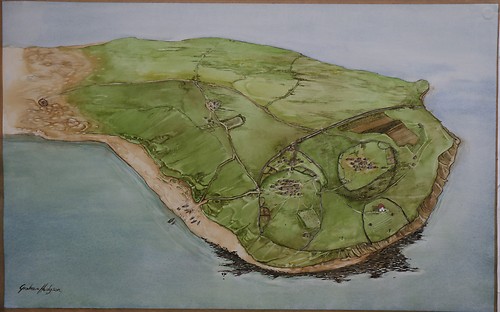 Hartlepool Sports & Leisure
Hartlepool Sports & Leisure
- Cinemas, Theatres & Dance Halls
- Musicians & Bands
- At the Seaside
- Parks & Gardens
- Caravans & Camping
- Sport
 Hartlepool Transport
Hartlepool Transport
- Airfields & Aircraft
- Railways
- Buses & Commercial Vehicles
- Cars & Motorbikes
- The Ferry
- Horse drawn vehicles
 A Potted History Of Hartlepool
A Potted History Of Hartlepool
- Unidentified images
- Sources of information
- Archaeology & Ancient History
- Local Government
- Printed Notices & Papers
- Aerial Photographs
- Events, Visitors & VIPs
 Hartlepool Trade & Industry
Hartlepool Trade & Industry
- Trade Fairs
- Local businesses
- Iron & Steel
- Shops & Shopping
- Fishing industry
- Farming & Rural Landscape
- Pubs, Clubs & Hotels
 Hartlepool Health & Education
Hartlepool Health & Education
- Schools & Colleges
- Hospitals & Workhouses
- Public Health & Utilities
- Ambulance Service
- Police Services
- Fire Services
 Hartlepool People
Hartlepool People
 Hartlepool Places
Hartlepool Places
 Hartlepool at War
Hartlepool at War
 Hartlepool Ships & Shipping
Hartlepool Ships & Shipping

A.D. 700
What we know about this image :
In 2004, Tees Archaeology, Hartlepool Borough Council and The Headland History Group supported by the Heritage Lottery Fund produced a set of four posters which reconstructed the town of Hartlepool over 1300 years.
Graham Hodgson, an archaeological illustrator painted four watercolours of the town for this project. The images are of the original artwork and the notes give the information which was on the posters.
The Anglo Saxon Monastery 700 AD
This reconstruction shows the Anglo Saxon monastery in the year 700AD. In common with early Christian sites like Lindisfarne or Tynemouth, it was located on a natural spur of land, surrounded on most sides by the sea. The unfamiliar shape of the coastline is accurate for the time.
A nun named Heiu established the monastery at Hartlepool in the early 640s AD. At this time the area was called Heruteu, which means ‘The Isle of the Hart’. Its most famous resident was St Hild who at one time ruled as Abbess over both Heruteu and the monastery at Whitby. The monks and nuns who lived in the monastery occupied small timber buildings, many of which just had one room. Low fences and ditches kept different living and working areas separate.
The most important area of the monastery would have been the large main church, built of stone near which the monks and nuns were buried. A stone carved with the person’s name marked each of these graves. Important local families who had converted to Christianity were buried in a separate area close to the main entrance.
Heruteu was a place of prayer and learning that attracted pilgrims from all over Britain and Ireland. The inhabitants spent their time in devotion writing religious books and spreading their faith throughout the North. This work went on until the 9th century AD when the monastery was abandoned during the decline of the Kingdom of Northumberland.
Donor : Hartlepool Museum Service
Creator : Tees Archaeology/ Hartlepool Council
Location
Related items :
 Headland History Posters 2004
Headland History Posters 2004
In 2004, Tees Archaeology, Hartlepool Borough Council and The Headland History Group supported by the Heritage Lottery Fund produced a set of four posters which reconstructed the town of Hartlepool over 1300 years.
Graham Hodgson, an archaeological illustrator painted four watercolours of the town for this project. The images are of the original artwork and the notes give the information which was on the posters.
More detail »




